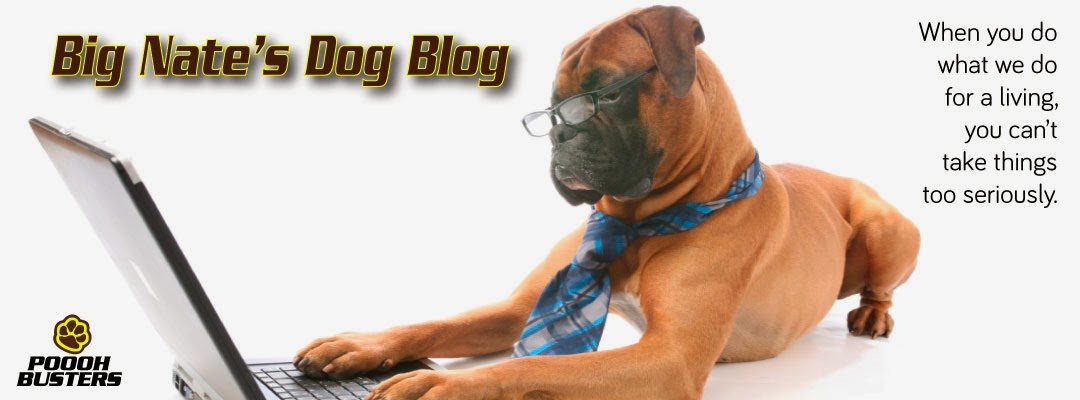I am happy to report that things have been going very well. All the animals have settled into their new feeding routine and we have started to broaden their horizons.
On the last blog I weighed all our pets in. Mr. Goo coming in as the heavy-weight champion of the world with an astounding 25lbs! This coming weekend on July 4th I will weigh them again to see if anyone has lost a pound or two over the last two weeks of being on their new, raw food diet. Mrs. Big Nate and I have noticed that Oscar seems to have dropped an inch around his chubby, little waist. I can't wait to see if he has indeed lost weight!
We purchased two Wizzer Belly Bands from Pawhaus Pet Boutique a couple of months ago. These are cloth bands that wrap around Oscar's waist to cover his "willy" and keeps him from peeing in the house. These are a godsend! Since we have been using them, we find very little "markings" around the house (only when forget to put them on him). We had originally ordered a small size thinking Oscar is a small dog. We got the Belly Bands and discovered our "little" Oscar was a large size, not a small! So Amanda from Pawhaus was kind enough to exchange them for larges. We just couldn't believe Oscar was a large! Anyway, the reason I bring this up is because lately we found Oscar's Belly Band has fallen off sometime through the night. He must be losing weight because we can't tighten the bands any further to keep them on him. Very excited about this!
So back to the food. Last Sunday we ran out of our original supply of raw food including any samples Holly was kind enough to send home with us. So we
 visited Holly's store and really stocked up this time. We picked up 8 boxes of various types of meat for both the dogs and cats. The nice thing about Tail Blazers is they give you discounts when you buy more. We have found the animals like Urban Carnivore. The meat comes in easy-to-measure patties of various types of meat.
visited Holly's store and really stocked up this time. We picked up 8 boxes of various types of meat for both the dogs and cats. The nice thing about Tail Blazers is they give you discounts when you buy more. We have found the animals like Urban Carnivore. The meat comes in easy-to-measure patties of various types of meat.The girls at the store were also knowledgable enough to suggest a good poweder supplement for the dog's food. It has all kinds of great vitamins to help them get more nutrition from their meals. We also picked up bottle of fish oil to add in as well. This helps with digestion and a few other things too. (I think, Holly can correct me if I'm off here).
A few things I have noticed along the way:
- Nobody seems to enjoy the beef much. The cats especially love the poutry types (chicken and turkey). Both the cats and the dogs just turn their nose up at the beef for a while and then eventually tackle it. I usually have to put a little extra "enticer" in to get them to eat.
- The dogs are now always hungry. They hover over the cats while they eat hoping to get some leftovers if they walk away without eating the entire dinner. We need to look into what to do about making them feel fuller. I remember Holly suggested adding fibre to their meals, I hope this helps.
- The dog's pooops are smaller, darker and harder. It's almost like they're "using" what they are eating more, creating less waste. This is something Poooh Busters could either love or hate! The pooops are easier to pick up but less pooop means bad things for us! LOL
- The cats are shedding like crazy! Holly said this could happen as they "detox".
- The cost so far has been comparable to what we would have spent for dry food from our vet clinic. We certainly spend more on the food from the vet than from a grocery store or large pet store chain. So for us, the switch to raw food has not been a burden on our pocketbook.
Thank you for visiting and reading, see you next time!







